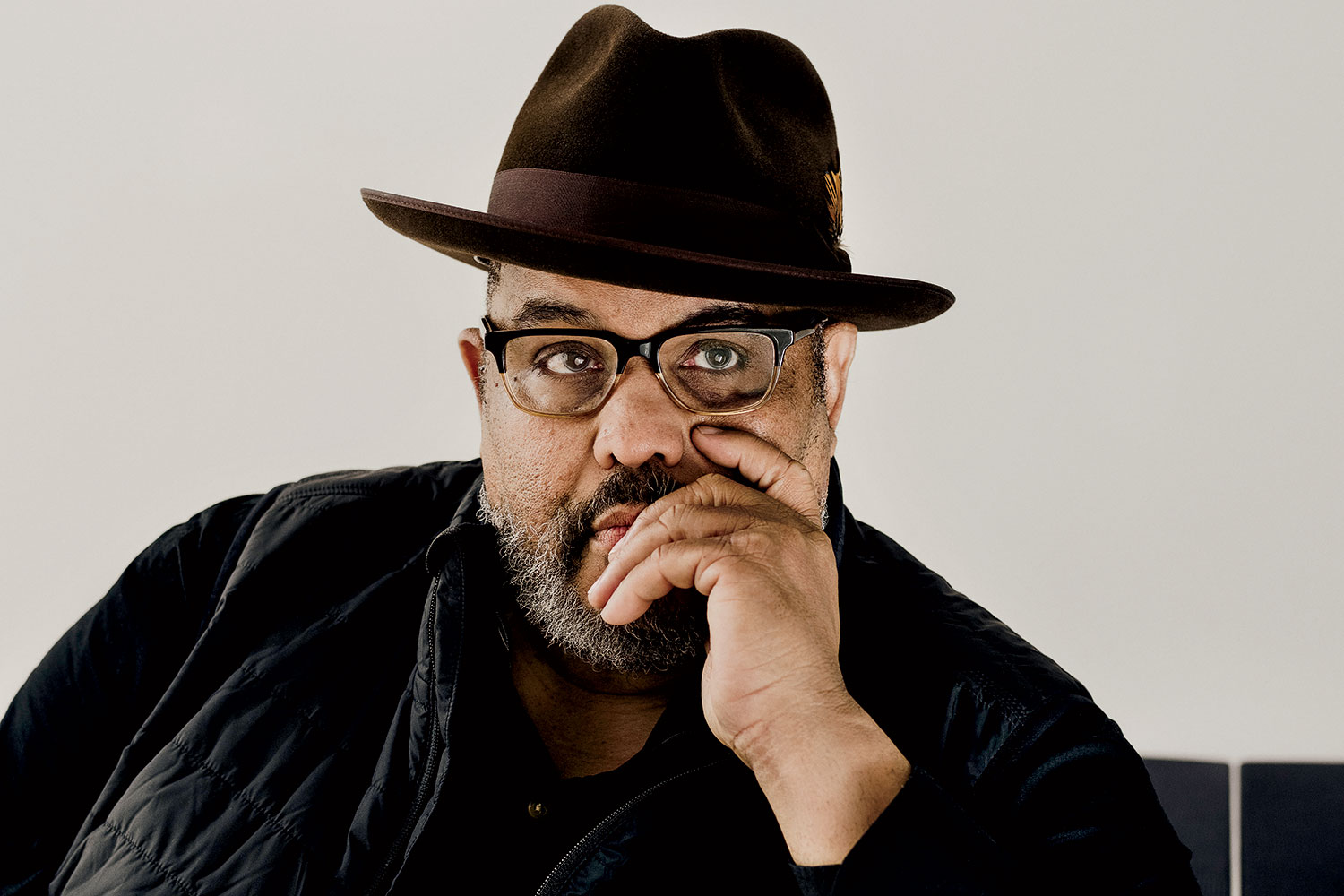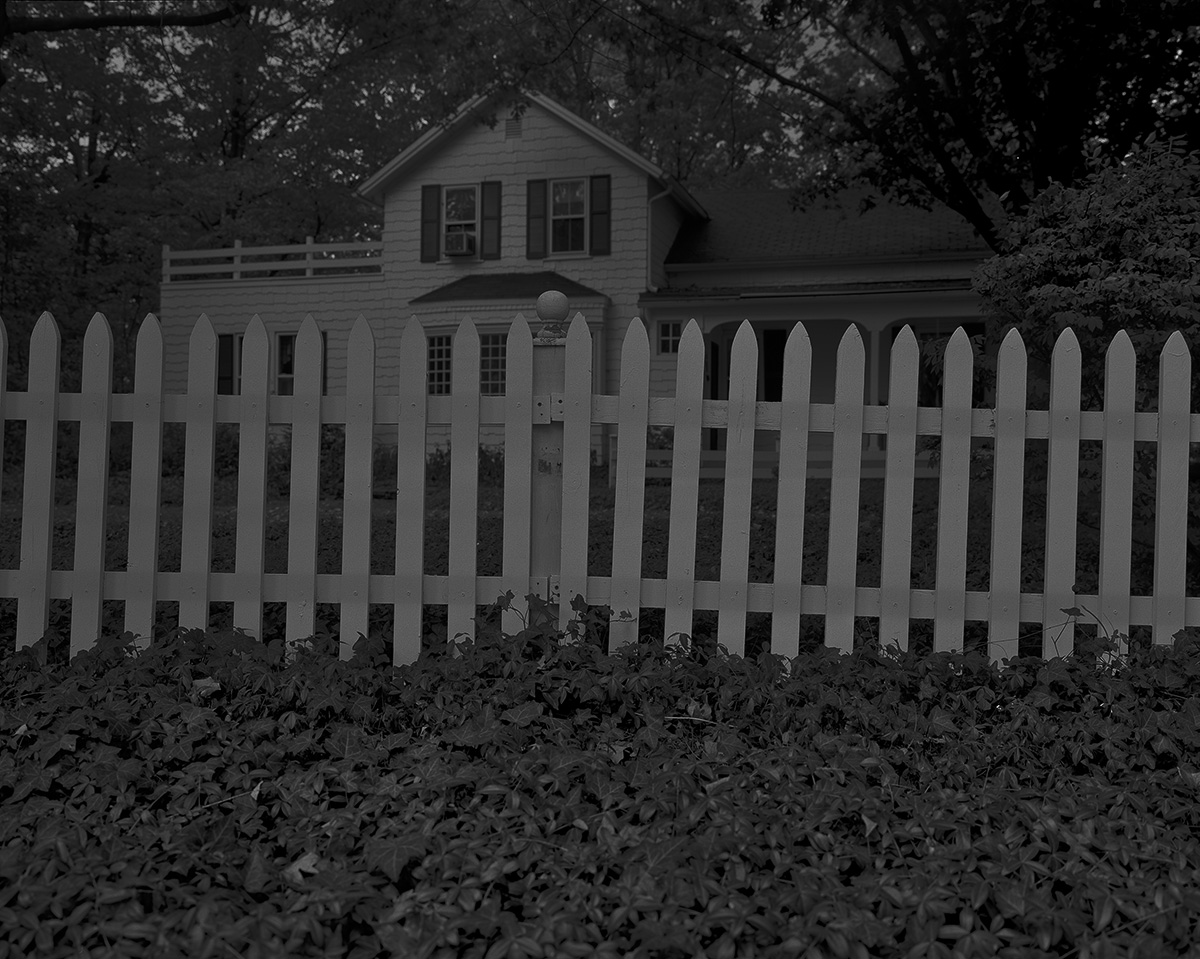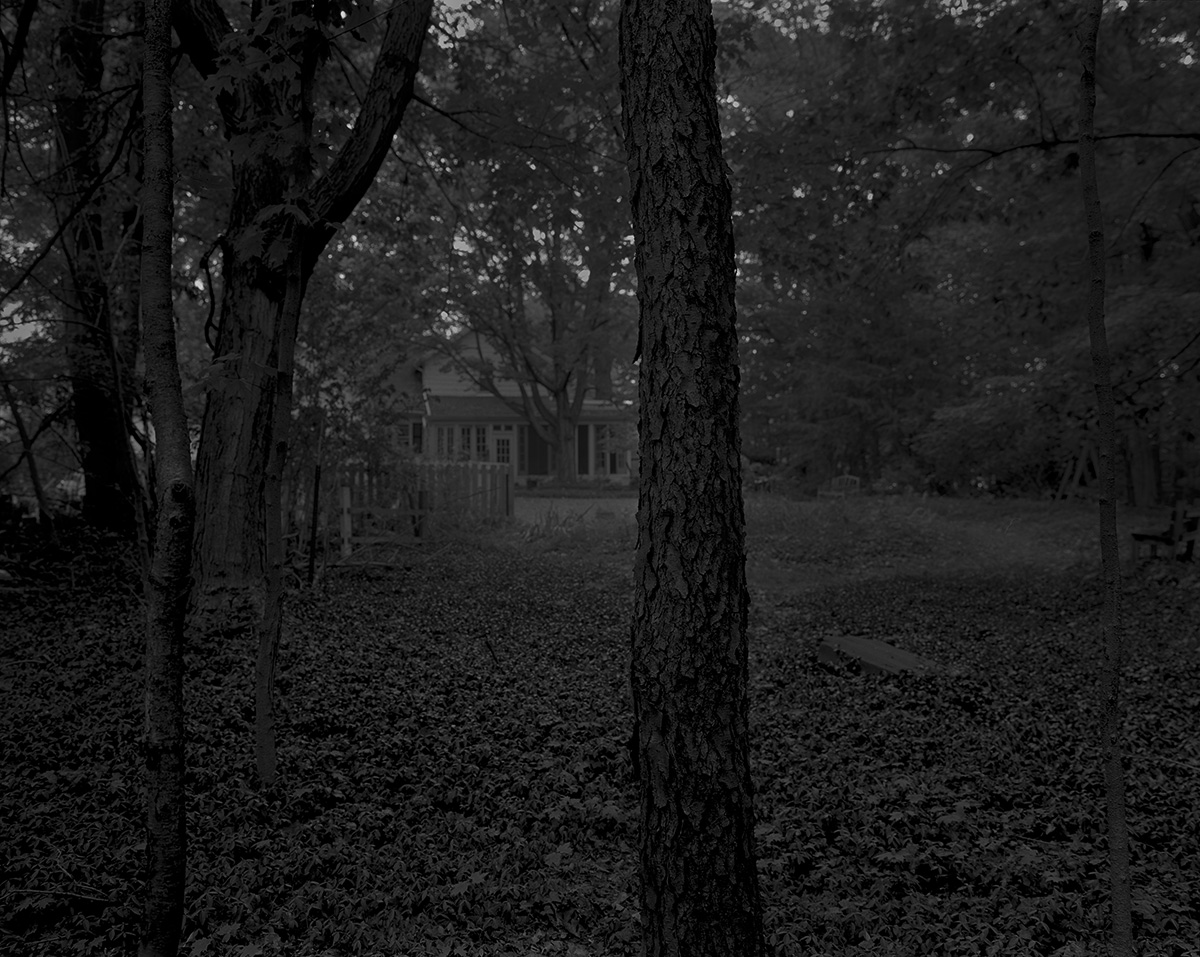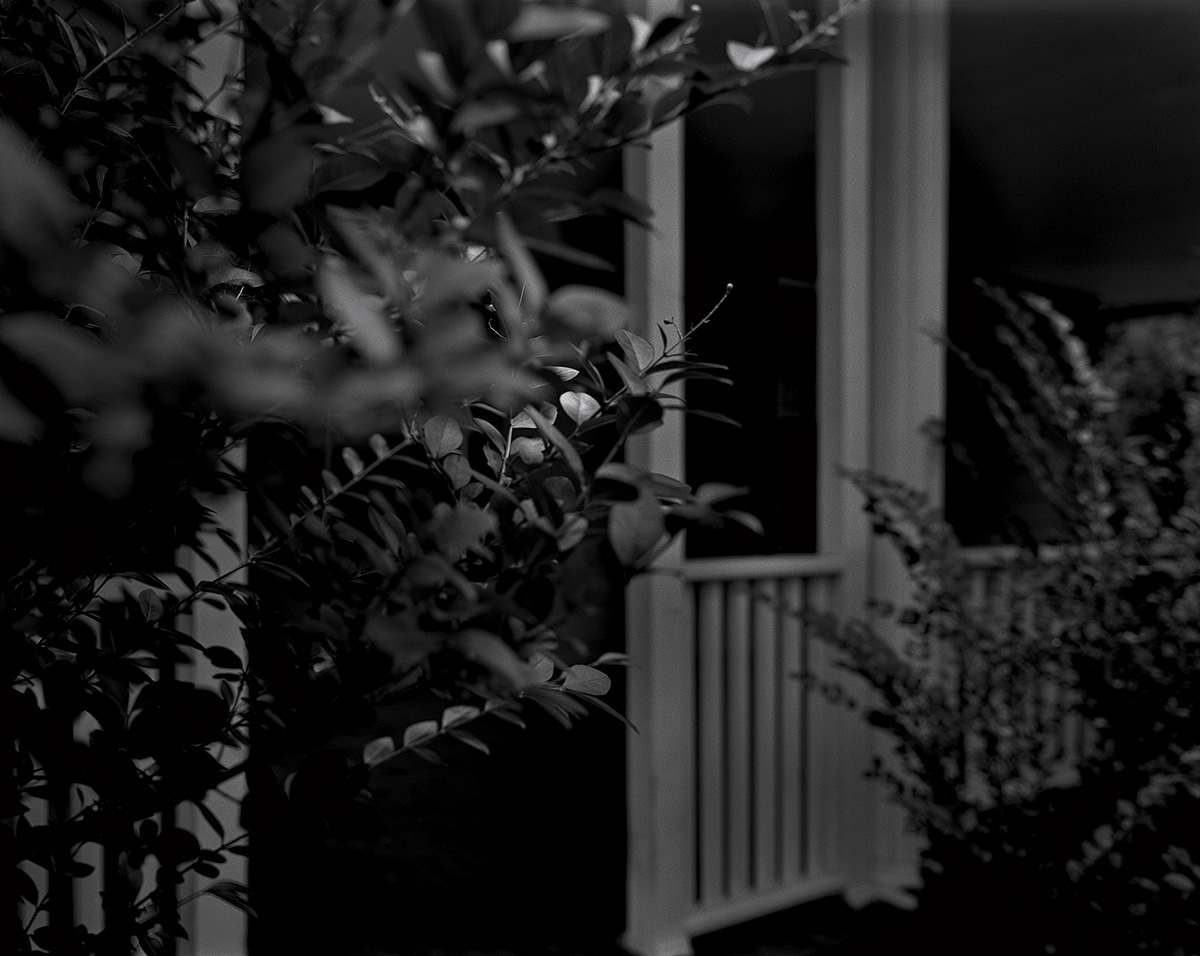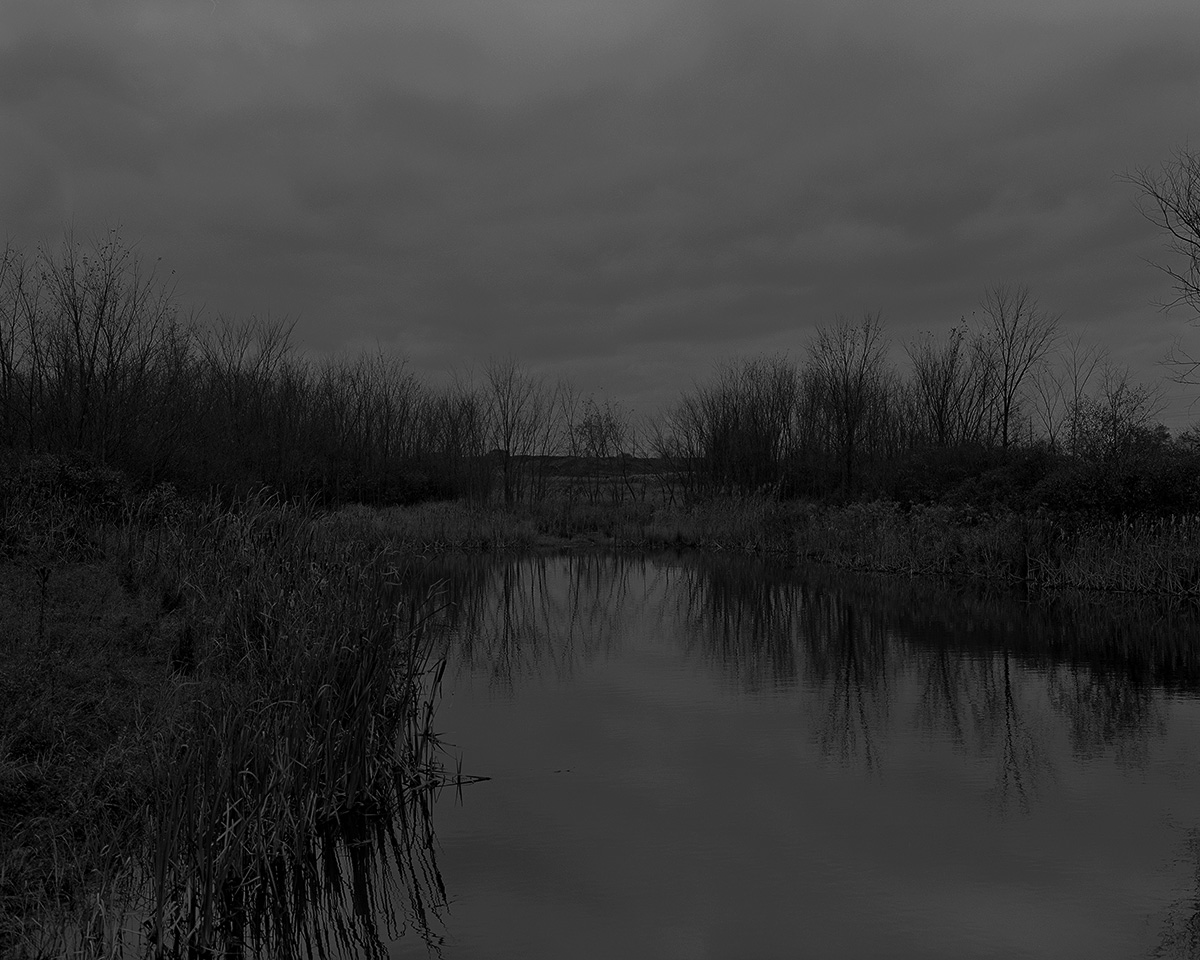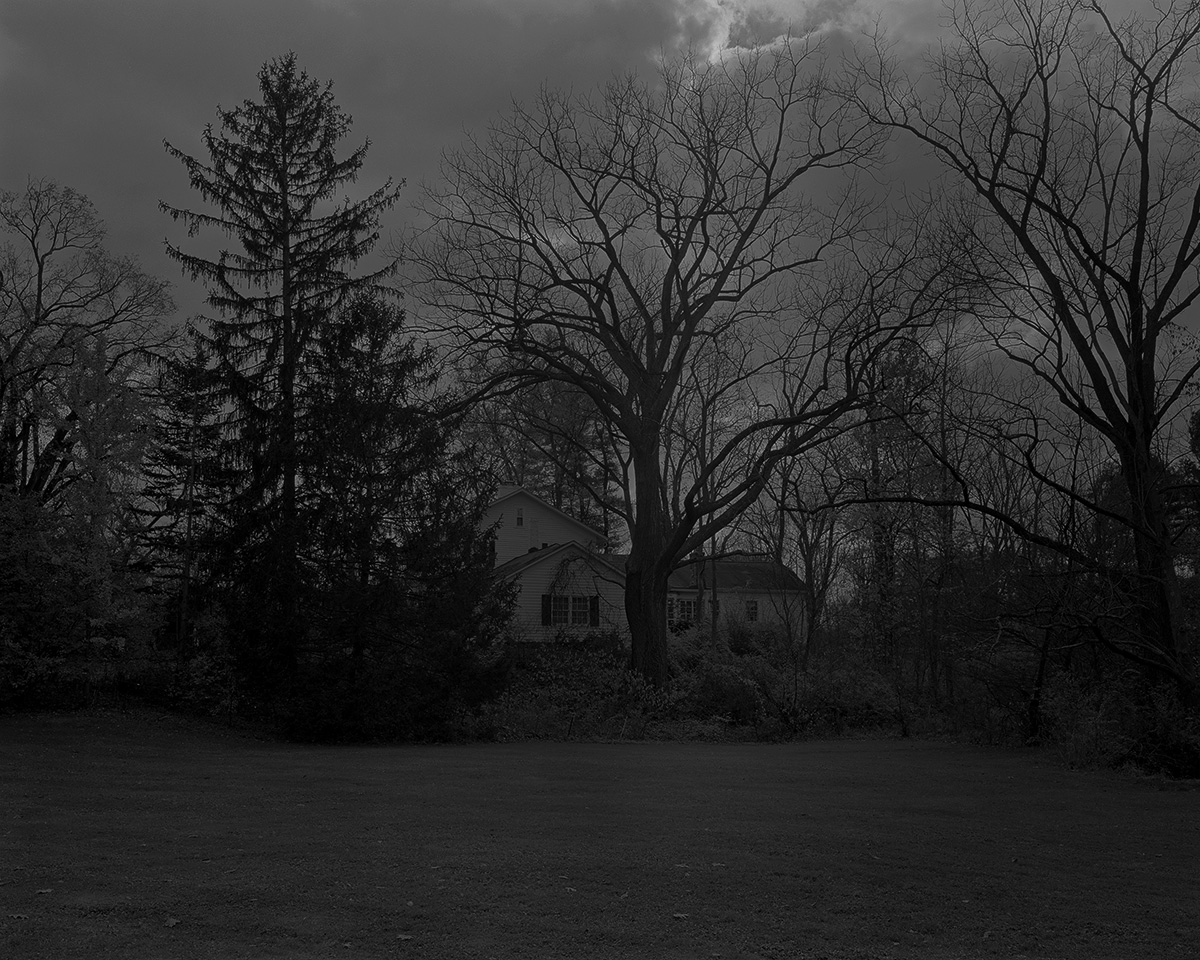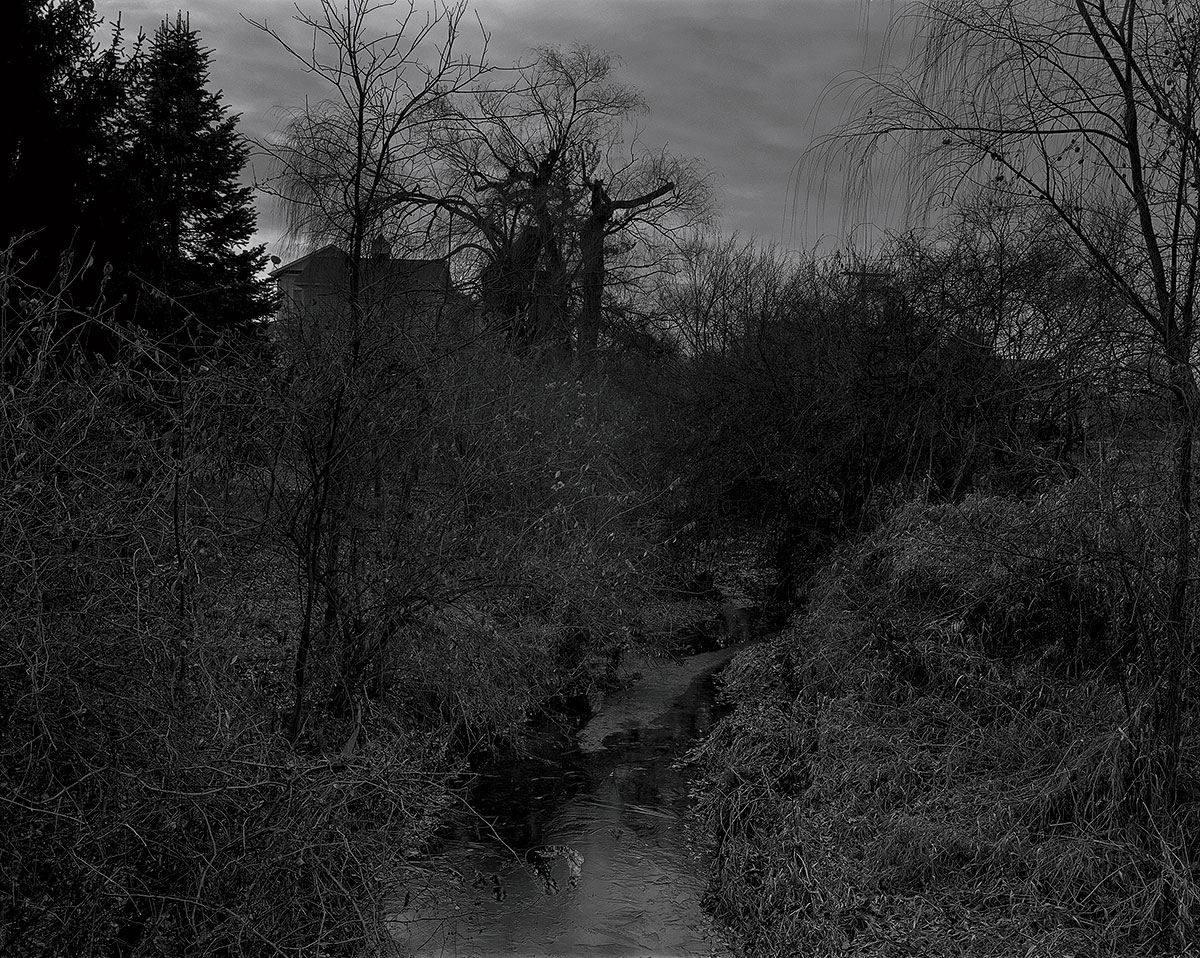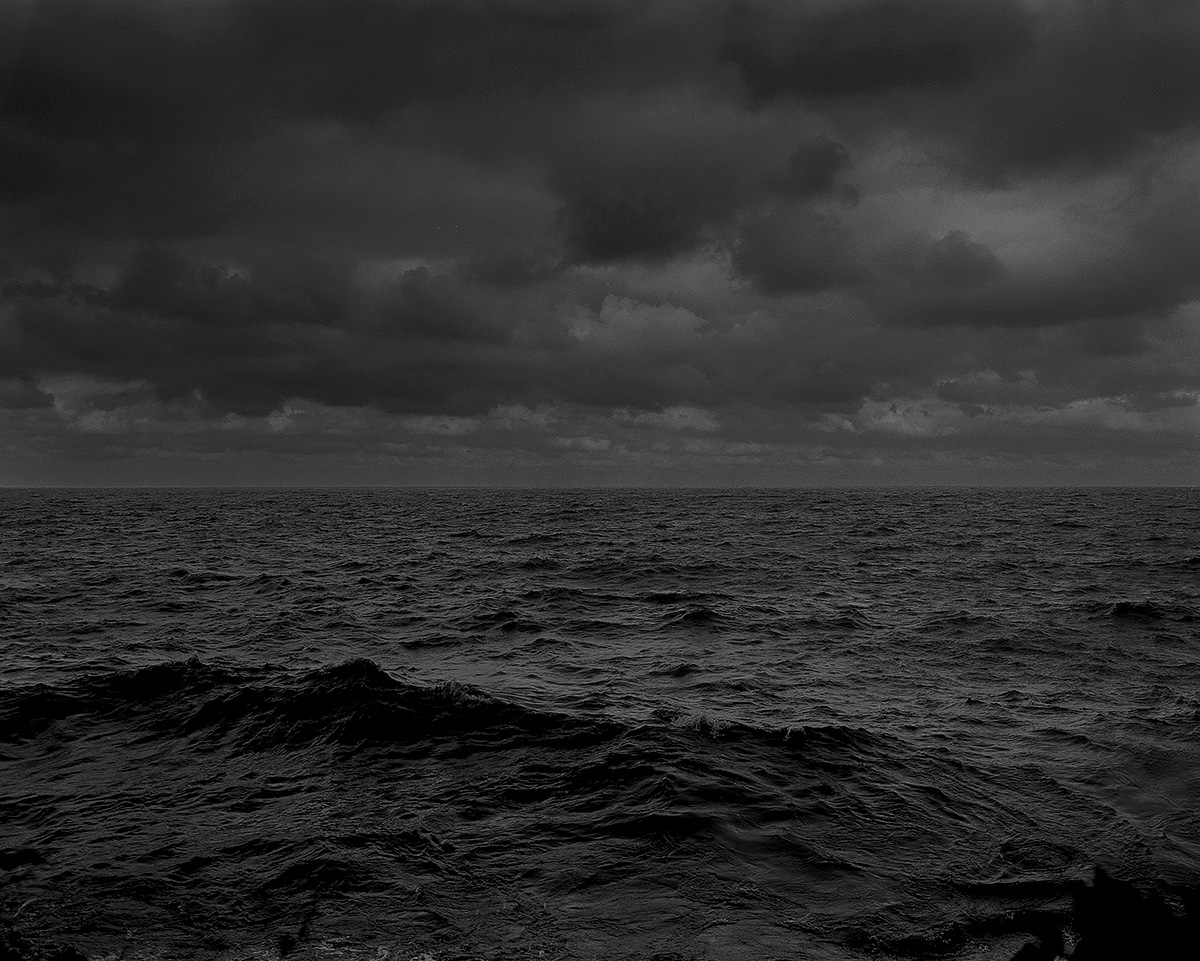When Dawoud Bey toured Underground Railroad sites in 2017, he stood on an Ohio bluff overlooking Lake Erie and encountered a challenge he’d never faced before as primarily a portrait photographer: How do you capture ghosts? “I was trying to figure out my picture when I had this inexplicable feeling of hundreds of people standing around looking at me,” Bey says. “I looked around and thought: This is a site where these fugitive slaves would have come.”
For more than 40 years, Bey’s work has been about the presence of people. But his new series, Night Coming Tenderly, Black, is mostly concerned with their absence. It features large-scale images of both authenticated and purported Underground Railroad sites in Cleveland and Hudson, Ohio, where runaway slaves made some of their last stops before crossing Lake Erie into Canada. “I wanted to make work that evokes history,” says Bey. “I wanted these pieces to come alive.” (The exhibit is part of Bey’s “history series,” which also includes The Birmingham Project, prompted by the 55th anniversary of the church bombing there and opening at the Museum of Contemporary Photography in April.)
For the 65-year-old Hyde Park resident, who grew up in Queens, photography has long been his way of conversing with the world. He has hearing loss caused by nerve damage and has worn a hearing aid since the third grade. “That probably has a good deal to do with the fact that I went on to make a living with my eyes,” he says, “using that act of seeing as a way to give myself a voice.”
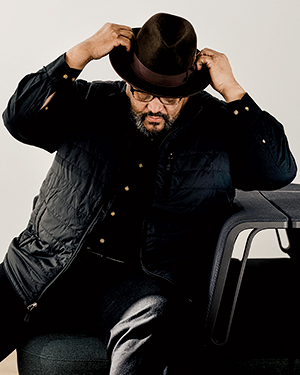
He began taking pictures in the mid-’70s in Harlem, capturing the neighborhood’s vibrant street life. It was the first step toward a signature style: unflinching portraits of everyday people — high school students, young couples — staring straight at the camera. Bey was still working in that vein in 1998, when he moved to Chicago, where he joined the faculty of Columbia College. Since then he’s shown his photographs all over the world, including the National Gallery of Art in Washington, D.C., and Tate Modern in London. In 2017, he received a MacArthur Foundation “genius” grant.
Aesthetically, the 17 images in Night Coming Tenderly, Black are Bey’s murkiest work yet, an attempt, he says, “to approximate the sense of moving undercover through darkness.” Creating them posed a difficult technical problem: It took him several tries to capture the black tones without losing the texture of the landscape. Bey eventually solved this by printing on gelatin silver paper.
The results are haunting and mysterious, but not ominous. Bey wanted to present night as embracing rather than foreboding — a space that cloaked fugitive slaves on their journey toward freedom. The title of the series is taken from the last lines of the Langston Hughes poem “Dream Variations”: “Night coming tenderly / Black like me.”
To convey the perspective of a fugitive slave, Bey kept his camera low to the ground. In Untitled No. 4 (Leaves and Porch), for example, it was nested in a bush at the edge of a house, while in Untitled No. 1 (Picket Fence and Farmhouse) it was trained upward at a white picket fence and a house. A horizon of choppy water is all you see in Untitled No. 25 (Lake Erie and Sky), representing the final 50 miles a slave would cross by boat to reach freedom. That spot is also where Bey’s project ended. “There’s a myth that once they got across Lake Erie, everything would be OK,” he says. “I thought about going over there and looking back, but I’m just going to keep moving.”
Details:Night Coming Tenderly, Black Jan. 11–Apr. 14. Loop. Art Institute of Chicago. $14–$25. artic.edu




